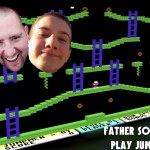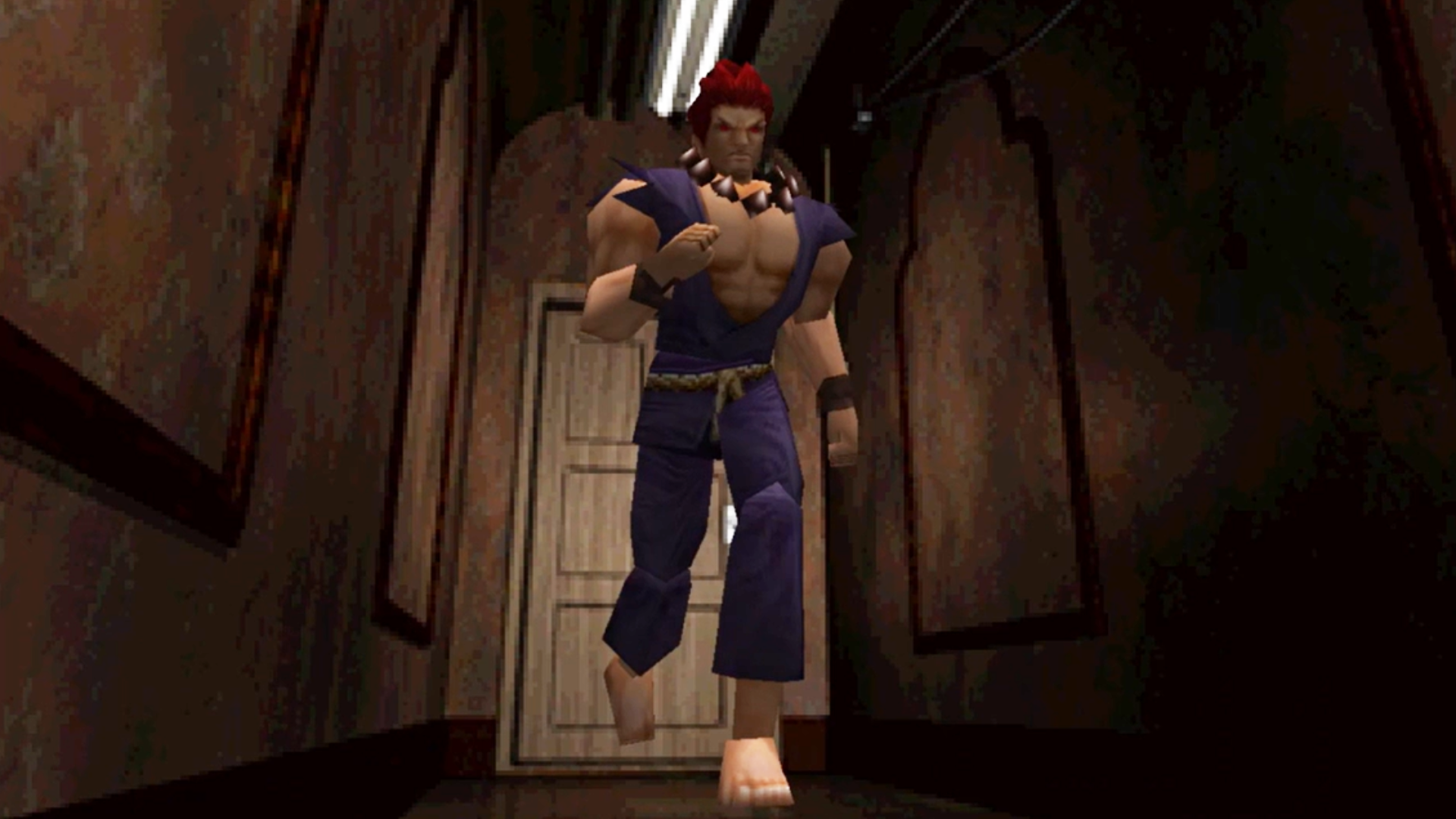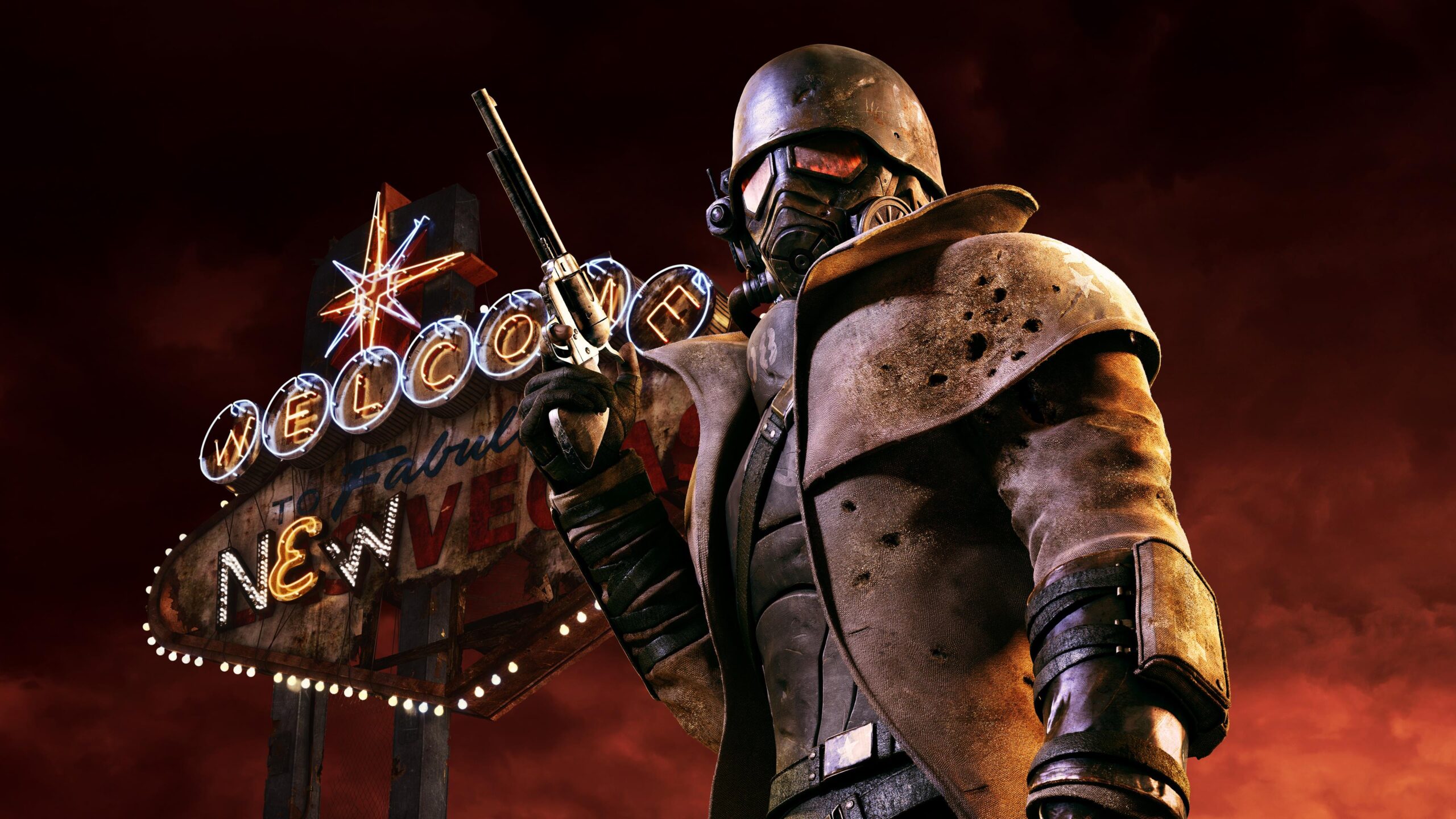I am unreasonably excited for Streets of Rogue 2, the follow-up to 2019’s best immersive sim in which you could play a vampire, hacker, gorilla or bartender, which means I’ve been eagerly devouring information about it ever since it was announced in October last year. Lucky for me, then, that developer Matt Dabrowski is kicking off a series of devlogs giving a look at the game’s features, inspirations, and, naturally, development.
The first entry released today, and I have to admit that it’s the “features” part of that bounty I listed above that attracts my attention first and foremost. Unlike the first Streets of Rogue, the sequel promises a vast and seamless open world for its myriad systems to wreak emergent havoc in, as well as Stardew-style building and farming. It sounds ambitious as all get-out, basically, and I’m keen to hear more.
“So what can you expect from the open world in Streets of Rogue 2?” Dabrowski asks in the devlog, presumably in direct response to me specifically. “Well, first of all, the map is procedurally generated with handcrafted individual buildings and small locations.” The map your own playthrough will spit out for you will consist of “big cities, small towns, forests, lakes, oceans, islands, and a big road system,” and will be about 10,000 times bigger than a map from the original game. Dabrowski reports that—per his own testing—it takes about ten minutes to drive across as the crow flies, though he’s hoping to let you adjust the default size in the final game.
But what excites me most is the way Dabrowski describes the world responding to your actions. Take actions that lead to mobsters gaining power and you’ll see more wiseguys wandering around town getting up to no good. Destroy a food factory? Brace yourself for food prices to increase. You’ll need to settle in for long-term consequences, too: Dabrowski says “the broken walls stay broken forever,” which is too much responsibility to contemplate, frankly.
Dabrowski namechecks several influences and, for the most part, they won’t surprise you. The video’s time-to-Deus-Ex-reference (TTDER) is admirably short, for instance, and Dwarf Fortress is mentioned early on too. But Dabrowski also mentions Bethesda in connection with the game’s world, which features all kinds of denizens going about their days according to their own schedules and whims until you happen to plough over them in a truck.
I’ve long been a proponent of Bethesda games leaning more heavily into their systemic weirdness and away from their authored narratives, and I’ve gotta tell you I’m thrilled someone out there apparently agrees with me and has taken it upon themselves to just make that game independently.





